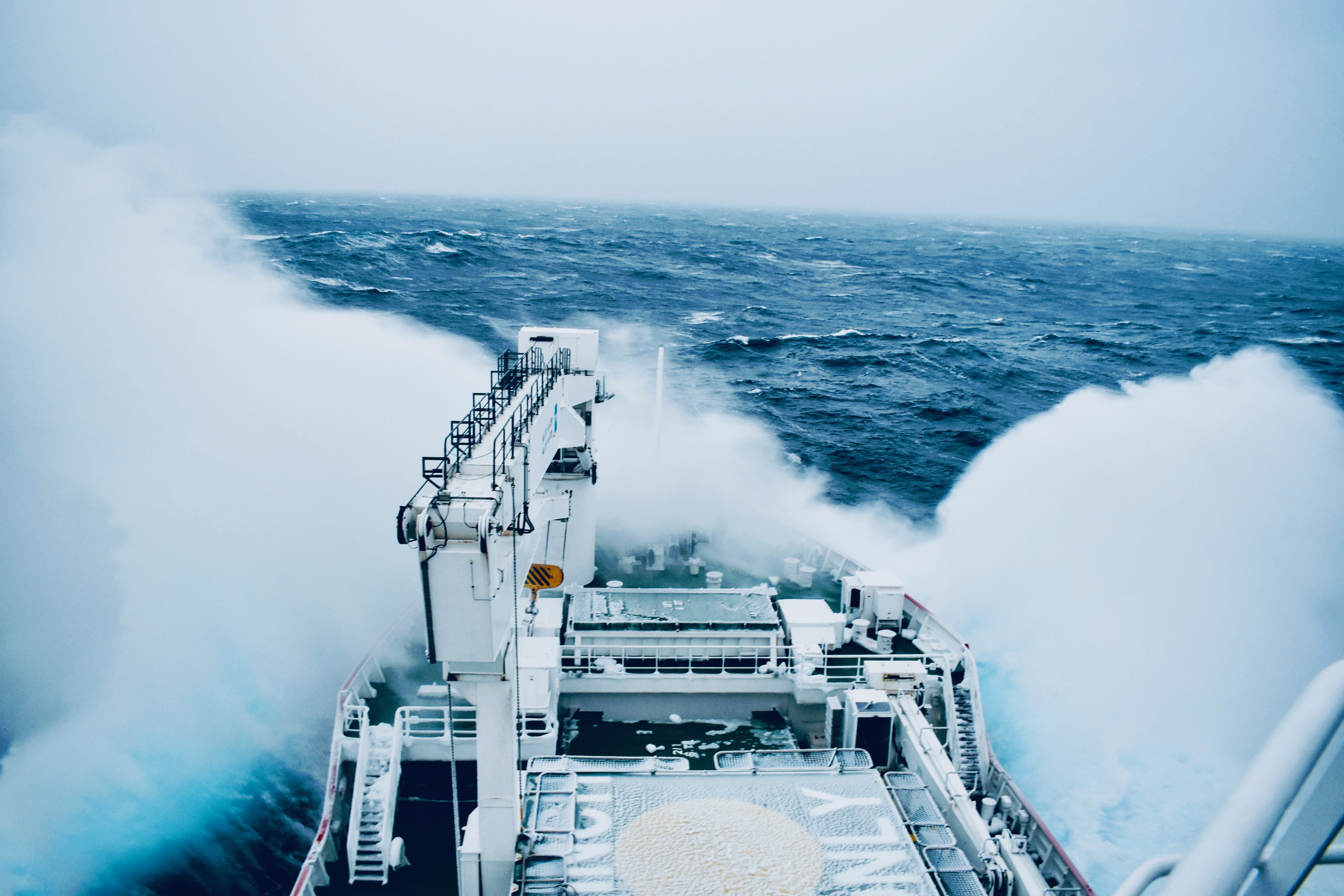 University of Melbourne Professor Andrew Pask examines a slide of genetic material
University of Melbourne Professor Andrew Pask examines a slide of genetic material
Australia’s precious wildlife biodiversity will be preserved and species safeguarded against extinction thanks to a new ‘living biobank’ being developed by the University of Melbourne and Museums Victoria Research Institute.
Researchers will this month start collecting live cells, including skin, sperm and egg cells, from Australia’s unique wildlife, and cryogenically freeze and preserve their living genetic material in Museums Victoria’s collection.
This living biobank, the first of its kind in an Australian museum, will focus on mammals, reptiles, and birds, including endangered and threatened species such as the Smoky Mouse, Grassland Earless Dragons and the Fat-tailed Dunnart. Australia has recorded the most mammal extinctions of any country on Earth, with a further one to two extinctions per decade predicted at this rate.
The biobank, recently awarded an Australian Research Council Linkage grant, will then provide living cells from endangered species for use in critical research programs. By growing cells in the lab and using emerging reproductive technologies and cloning, researchers ultimately aim to reintroduce genetic diversity into wild populations at risk of extinction.
Project Lead Professor Andrew Pask, from the University of Melbourne, said a technological revolution was underway that would be our insurance policy to preserve Australia's genetic biodiversity for future generations.
“Climate change is accelerating the road to extinction for many species, despite the best efforts of conservationists and land managers,” Professor Pask said.
“Adverse weather events such as bushfires and floods can easily wipe out large numbers of animals, reducing genetic diversity in a population and putting them on a fast track to extinction,” he said.
“We must preserve the genetic diversity and habitats we have now in the wild, otherwise we can cause irreparable damage to our unique ecosystem. A living biobank will help ensure that we conserve the full diversity of our species.”
Through the project, researchers will develop and improve techniques for collecting, culturing and cryopreserving cells from wildlife and establish these techniques as best practice within the museum industry.
Once these protocols are established researchers will work with wildlife organisations to identify the species most at risk and train field teams to collect samples without harming wildlife.
Dr Joanna Sumner, Senior Manager of Genetic Resources, Museums Victoria Research Institute, said the project was set to transform the museum industry globally and shift the role of museums from documenting losses of genetic variation in wildlife to preserving that genetic variation in living form.
“Museums play a unique role in recording and preserving the extraordinary and vast biodiversity of our planet. The millions of specimens held in natural history collections such as Museums Victoria are an irreplaceable resource for researchers and have been central to understanding the impacts of global change on biodiversity,” Dr Sumner said.
“By preserving living cells for biodiversity conservation and research, we are expanding the scope of the work that we do as a museum. We will be introducing these techniques to our partners at the Australian Museum Research Institute to ensure that this work will have the greatest impact in conservation of Australia’s irreplaceable wildlife.”
During preliminary work, the team cryopreserved cells from 14 species and plan to cryopreserve cells from up to 100 species throughout the life of the three-year project.
“There are several large living biobank collections around the world, but Australia’s unique wildlife is typically underrepresented in these collections,” Professor Pask said.
“This is our opportunity to prioritise and preserve the living genetic record of our most loved Australian species. And with Australia holding the record for the most mammal extinctions, it’s clear this work is a critical step in protecting our unique species that don’t exist anywhere else.”
The project also leverages innovative research in cell and reproductive biology in the Thylacine Integrated Genetic Restoration Research (TIGRR) Lab at the University of Melbourne. This includes making marsupial stem cells and turning these into gametes (eggs and sperm) and developing reproductive technologies to one day turn these cells back into living animals that can be rewilded.
The research is made possible thanks to the generous support of the Holsworth Charitable Gift, which allowed Museums Victoria to build the first-ever cell culture facility at an Australian museum, building on infrastructure at Museums Victoria built with funding from the Ian Potter Foundation. Only with this facility was the University of Melbourne and the Museums Victoria Research Institute able to be successful in obtaining this Australian Research Council Linkage grant.














